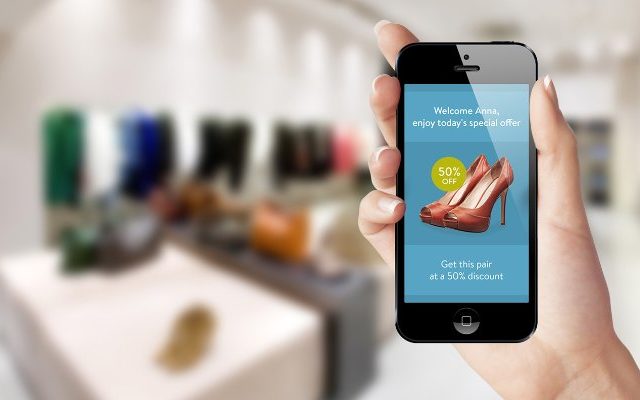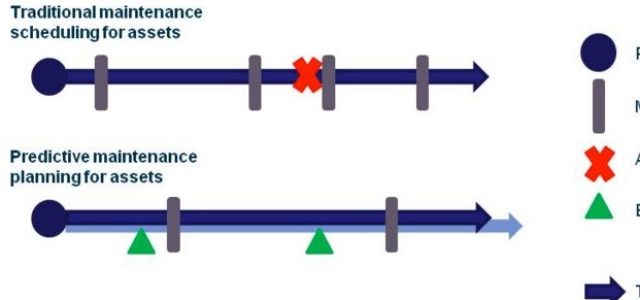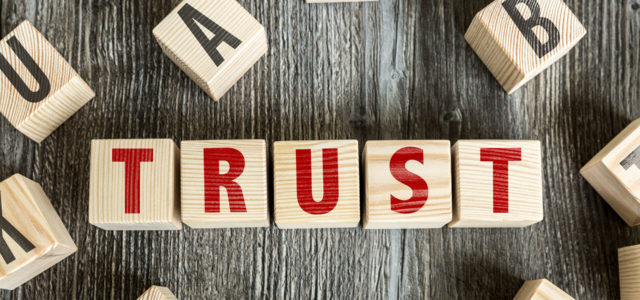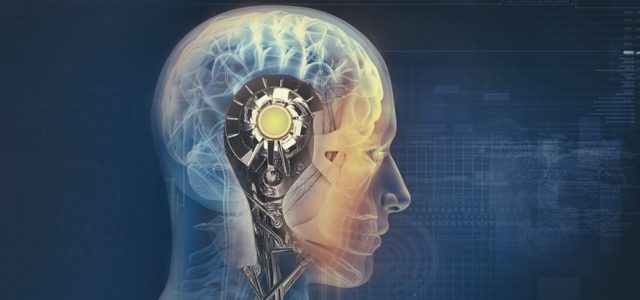We’ve covered how the Internet of Things (IoT) is transforming industries like logistics and utility/green energy companies, but haven’t yet explored its impact on the retail space, specifically when it comes to inventory management. IoT seems tailor-made for retailers, as their business naturally involves “things” and these things go on a journey from manufacturer, to distributor, to retailer, to the end customer. A great deal of information is generated along this journey, and capturing this information is invaluable. Information generated by adding IoT sensors, cameras, and other devices along the journey will affect the entire retail environment – from alerting salespeople in real time to adjusting broad marketing strategies.
1. Spotting Trends and Group Activities
An great example of IoT for retail is placing Bluetooth beacons throughout a store. These can be paired with the retailer’s shopping app which can develop real-time “heat maps” showing how consumers traverse the store. Armed with this information, store managers can better route customers, by for example moving two complementary items closer together for in order to increase the size of basket.
Larger trends around buying habits can also be formed. Younger mobile-equipped shoppers are quick to move on to the “next big thing,” and retailers that can catch the front of a “trend wave” have the most to gain in terms of market share and capturing long-term customers.
2. Simply Seamless Supply Chains
Sensors on shelves and in back-of-the-store inventory will correspond to real-time and accurate stock levels. Knowing this information at such at granular level can benefit the entire supply chain by largely eliminating rush manufacturer orders. IoT will reduce the usual discrepancy between inventory on the shelf and what is showing in a legacy management system. Better data means an easier job for warehouse managers.
Logistics providers are already ahead of the game with IoT. They are implementing sensors and scanners to properly manage packages throughout the entire chain. As retailers push hard towards same-day delivery, there’s a pressing need for maximum efficiency and speed. An army of sensors and data working together provide a seamless flow where problems can be spotted quickly, and shipments arrive on time.
And IoT will move into every facet of the supply chain. Weather sensors will now provide micro-climate data that can adjust routes and scheduling in real time, so retailers provide optimal deliveries. Items with short shelf lives such as perishable food will be better managed through IoT logistics, stock, and weather data at the local level.
3. Sensors and Other Tech Inside the Store
Sensors on store shelves will dynamically relay low or out-of-stock inventory levels. This information can be relayed in real time to both the purchasing system and on-site staff members so they are aware. And real-time data provides retailers with the information they need to spot trends or to identify when certain items have fallen out of favor.
Screens within the retail store can show more personalized recommendations based on the shopper’s individual actions. For example, RFID tags could detect a shopper purchased a pair of high-end shoes, and when the shopper walks within a few feet of a screen it could display matching handbags (along with perhaps an in-app coupon discount). The retailers benefit by enhancing the customer experience and promoting sales, and the customers receive personalized offers and an efficient shopping experience.
Another example could involve motion sensor cameras located at various strategic retail locations. This camera could for example detect when someone is standing at for example an array of tablets for a certain period of time. An alert could be sent to the sales staff so they can intercept the waiting customer and see if they need assistance. The customer might simply be distracted by their phone, or they might have a question about a product. Either way, the brand experience is improved by the staff person’s action.
Challenges do remain before IoT can completely shift the retail experience. One challenge is privacy. Retailers need to be sure personalization occurs “behind the scenes” and seamlessly, not in any way that seems intrusive. And in some cases there is the need for consumer buy in, which can be generated by retailers that focus on leveraging IoT for the very best customer experience.
Article by channel:
Everything you need to know about Digital Transformation
The best articles, news and events direct to your inbox
Read more articles tagged: Featured, Internet of Things






